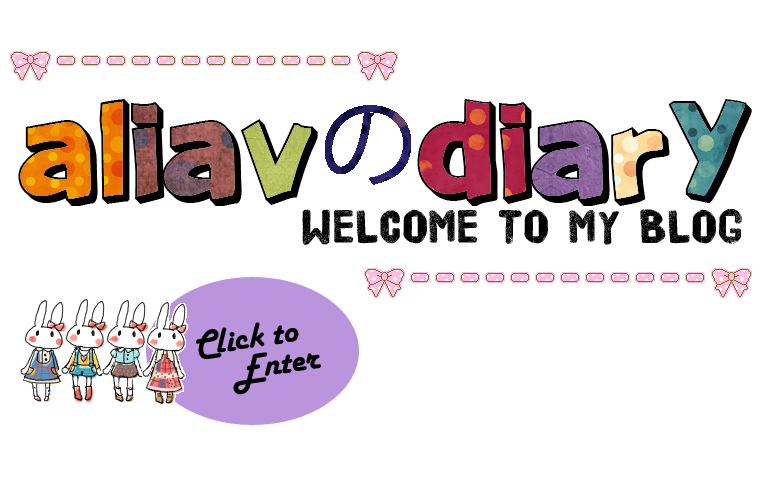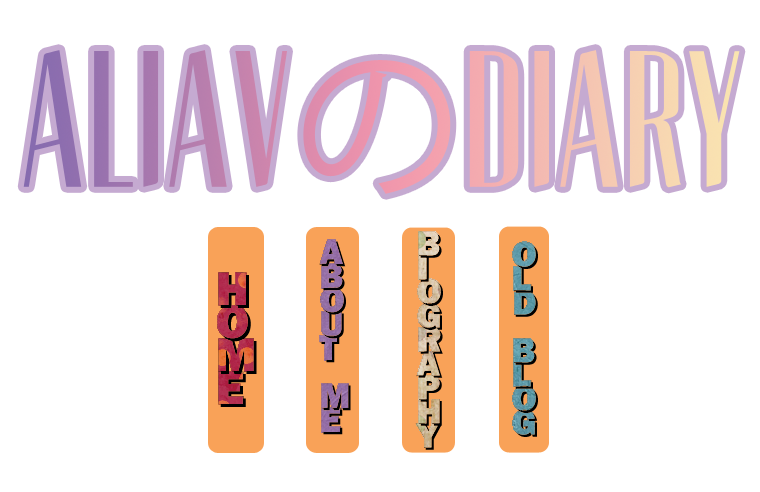The main point that I'm going to pin up were the music that we had heard in this urban days which also went trending worlwide is what we call their genre as "J-pop, J-rock and K-pop". And the subject I'm going to review were J-pop and J-rock.I'm aware that a lot of people doesn't know J-pop and J-rock music especially in my own country and even when I speak and tried introduce, they don't seem to be interested or enjoy those music. And the worst is, they told me they only knew K-pop and J-pop music is boring and J-rock is kinda noisy and hate those guys who are Androgyny with make-up, elaborate hair styles and flamboyant costumes. This really shock and suprise me a lot and even more dissapointed with their thoughts.. That moment, I knew that K-pop was more famous and well-known by almost everyone and I personally love these genre but I really concern and always have the desire to introduce J-pop and J-rock more than anything else. I don't know why people are so obvious and I know fewer people who are concern about J-pop and J-rock's music. Overall, I can still see some people who listened to J-Pop but not J-rock. For my thoughts, J-rock is not what they think as dark, noisy, scream, creep or growl like the hard-metal type. They are some J-rock bands do play rock and blend with pop or ballad.
In all the endless, pointless, head-banging debates about "What is J-pop and J-rock music?" that have raged down the past years, that seemed to be as good as the only other sensible answer - "it's a Japanese language music" - and thus the topic became indelibly printed in my mind.
Firstly, let's talk about J-pop. This genre was invented by... (Read here on Wiki)
The rest of the explanation such as history then and now, you can find here>> Wikipedia J-pop
J-pop
|
|
Stylistic origins
|
Japanese music • Pop • Rock •Electronic dance • Eurobeat •Kayōkyoku • New Wave
|
Cultural origins
|
Nominally 1980s–early 1990sJapan;
Roots traced to 1960s–1970s |
Typical instruments
|
|
Subgenres
|
|
Fusion genres
|
|
Bitpop • Chiptune • Complextro • Electro •Electroclash • Electro house • House • Synthpop• Techno
|
|
Regional scenes
|
|
J-pop, an abbreviation for Japanese pop, is a musical genre that entered the musical mainstream of Japan in the 1990s. Modern J-pop has its roots in 1960s pop and rock music, such asThe Beatles and The Beach Boys, which led to Japanese rock bands such as Happy End fusing rock with Japanese music in the early 1970s. J-pop was further defined by New Wavegroups in the late 1970s, particularly electronic synthpop band Yellow Magic Orchestra and pop rock band Southern All Stars. Eventually, J-pop replaced kayōkyoku ("Lyric Singing Music", a term for Japanese pop music from the 1920s to the 1980s) in the Japanese music scene. The term was coined by the Japanese media to distinguish Japanese music from foreign music, and now refers to most Japanese popular music.
Form and definition
The origin of modern J-pop is said to be Japanese-language rock music inspired by The Beatles. Unlike the Japanese music genre called kayōkyoku, J-pop uses a special kind of pronunciation, which is similar to that of English. One notable singer to do so is Keisuke Kuwata, who pronounced the Japanese word karada ("body") as kyerada. Additionally, unlike Western music, the major second (sol and la) was usually not used in Japanese music, except art music, before rock music became popular in Japan. When the Group Sounds genre, which was inspired by Western rock, became popular, Japanese pop music adopted the major second, which was used in the final sounds of The Beatles' song "I Want to Hold Your Hand" and The Rolling Stones' song "(I Can't Get No) Satisfaction". Although Japanese pop music changed from music based on Japanese pentatonic scale and distortional tetrachord to the more occidental music over time, music that drew from the traditional Japanese singing style remained popular (such as that of Ringo Shiina).
At first, the term J-pop was used only for Western-style musicians in Japan, such as Pizzicato Five and Flipper's Guitar, just after Japanese radio station J-Wave was established. On the other hand, Mitsuhiro Hidaka of AAA from Avex Trax said that J-pop was originally derived from the Eurobeat genre. However, the term became a blanket term, covering other music genres—such as the majority of Japanese rock music of the 1990s.
In 1990, the Japanese subsidiary of Tower Records defined J-pop as all Japanese music belonging to the Recording Industry Association of Japan except Japanese independent music (which they term "J-indie"); their stores began to use additional classifications, such as J-club, J-punk, J-hip-hop, J-reggae, J-anime, and Visual kei by 2008, after independent musicians started to release works via major labels. Ito Music City, a Japanese record store, adopted expanded classifications including Group Sounds, idol of 1970s–1980s, enka, folk and established musicians of 1970s–1980s, in addition to the main J-pop genres.
Whereas rock musicians in Japan usually hate the term "pop", Taro Kato, a member of pop punk band Beat Crusaders, pointed out that the encoded pop music, like pop art, was catchier than "J-pop" and he also said that J-pop was the pops (ポップス poppusu?) music, memorable for its frequency of airplay, in an interview when the band completed their first full-length studio album under a major label, P.O.A.: Pop on Arrival, in 2005. Because the band did not want to perform J-pop music, their album featured the 1980s Pop of MTV. According to his fellow band member Toru Hidaka, the 1990s music that influenced him (such as Nirvana, Hi-Standard, and Flipper's Guitar) was not listened to by fans of other music in Japan at that time.
In contrast to this, although many Japanese rock musicians until the late 1980s disrespected the kayōkyoku music, many of Japanese rock bands of the 1990s—such as Glay—assimilated kayōkyoku into their music. After the late 1980s, breakbeat and samplers also changed the Japanese music scene, where expert drummers had played good rhythm because traditional Japanese music did not have the rhythm based on rock or blues.
Hide of Greeeen openly described their music genre as J-pop. He said, "I also love rock, hip hop and breakbeats, but my field is consistently J-pop. For example, hip hop musicians learn 'the culture of hip hop' when they begin their career. We are not like those musicians and we love the music as sounds very much. Those professional people may say 'What are you doing?' but I think that our musical style is cool after all. The good thing is good."
Impact and international fanbase
J-pop is an integral part of Japanese popular culture, being found in anime, commercials, movies, TV shows, and video games and other forms of Japanese entertainment. Some television news programs even run a J-pop song during their end credits. In anime and television shows, particularly dramas, opening and closing songs are changed up to four times per year. Because most programs have a combination of both opening and closing songs, it is possible for one show to use eight tracks for a single season.
Over the past decade, J-pop has continually gained fans worldwide through video games and anime. Many video game fans import games from Japan well before they are released in their respective countries. The theme songs and soundtracks from these games and anime can be a gateway to further interest in J-pop and other genres of Japanese music. One example is the Kingdom Hearts game series, in which popular J-pop singer Hikaru Utada performs the main theme songs. Her single "Easy Breezy" was also used to promote the Nintendo DS. The Ouendan Series and Band Brothers for the Nintendo DS both feature a lot of J-Pop songs. In the case of anime, shows are normally sold in the West with their original soundtracks untouched, affording more direct exposure. Some shows aired on television in the United States, for example, have seen their themes go so far as to become commercially available as ringtones through mainstream vendors in that country.
With changing music trends in India and Bangladesh, J-pop has gained some ground. After the channel Animax was introduced, the knowledge and popularity of J-Pop further spread among the youth of Asia.
Pop duo Puffy, one of the Japanese acts that have their material released on the United States market, had their own animated series on Cartoon Network—Hi Hi Puffy AmiYumi, which premiered in 2004 and ran for three seasons. Prior to that, the duo recorded the theme song to another cartoon on the same channel, Teen Titans. Because of the success of their show, video clips of Puffy, who are known as Puffy AmiYumi in the United States, were shown several times during the channel's programing.
Artists
Some Japanese pop artists are extremely popular in Japan, and some also have fanbases in other countries especially in Asia, but also in Western countries. They influence not only music, but also fashion. As of 2007, the top five best-selling artists in the Japanese Oricon charts history are B'z, Mr. Children, Ayumi Hamasaki, Southern All Stars, and Dreams Come True. Among the five, Hamasaki holds the record for being the only solo artist.



 Music Without Borders ~Introduction of J-pop & J-rock Music~ [PART 1]
Music Without Borders ~Introduction of J-pop & J-rock Music~ [PART 1]




No comments:
Post a Comment
Thank you for your comment!